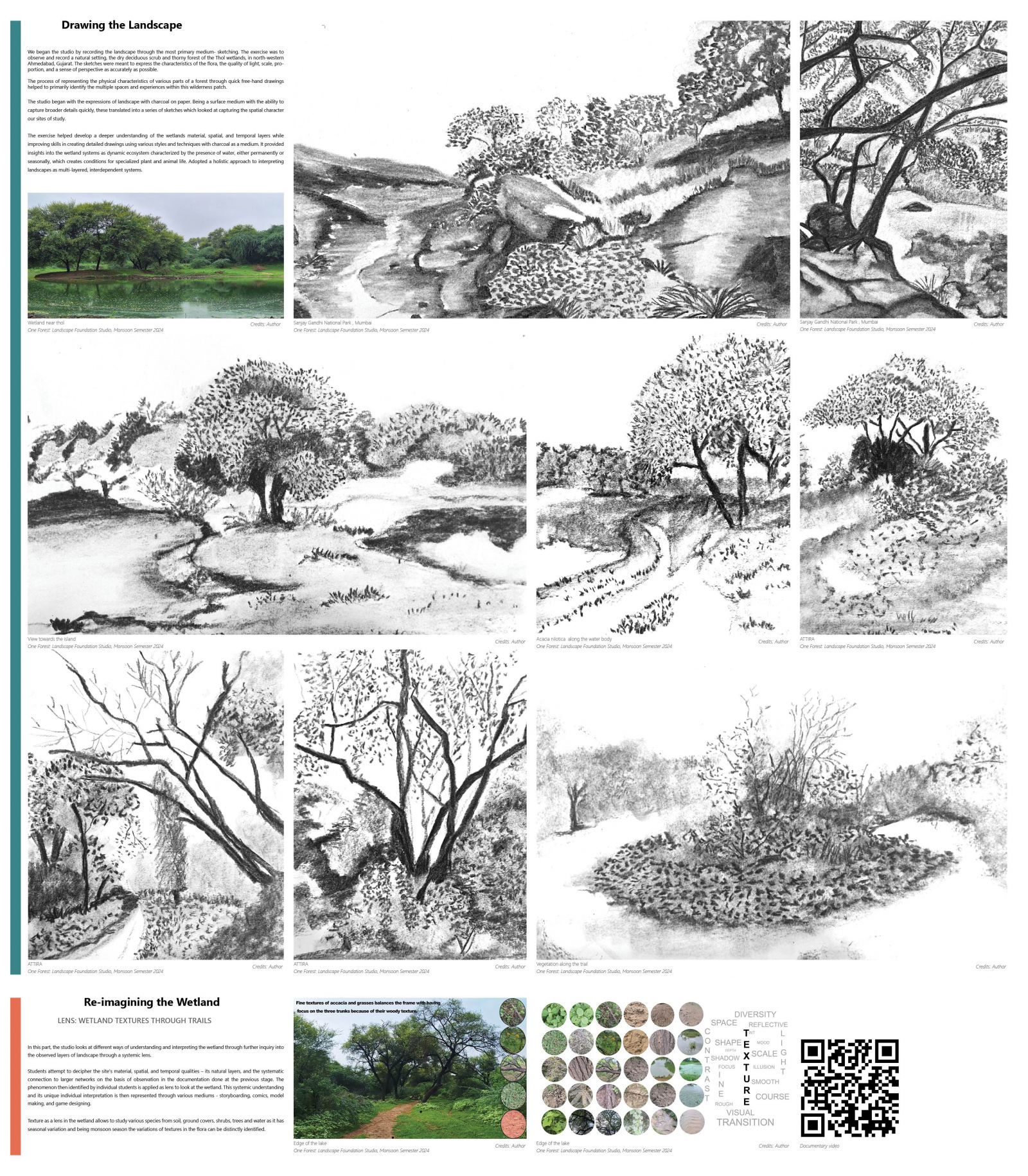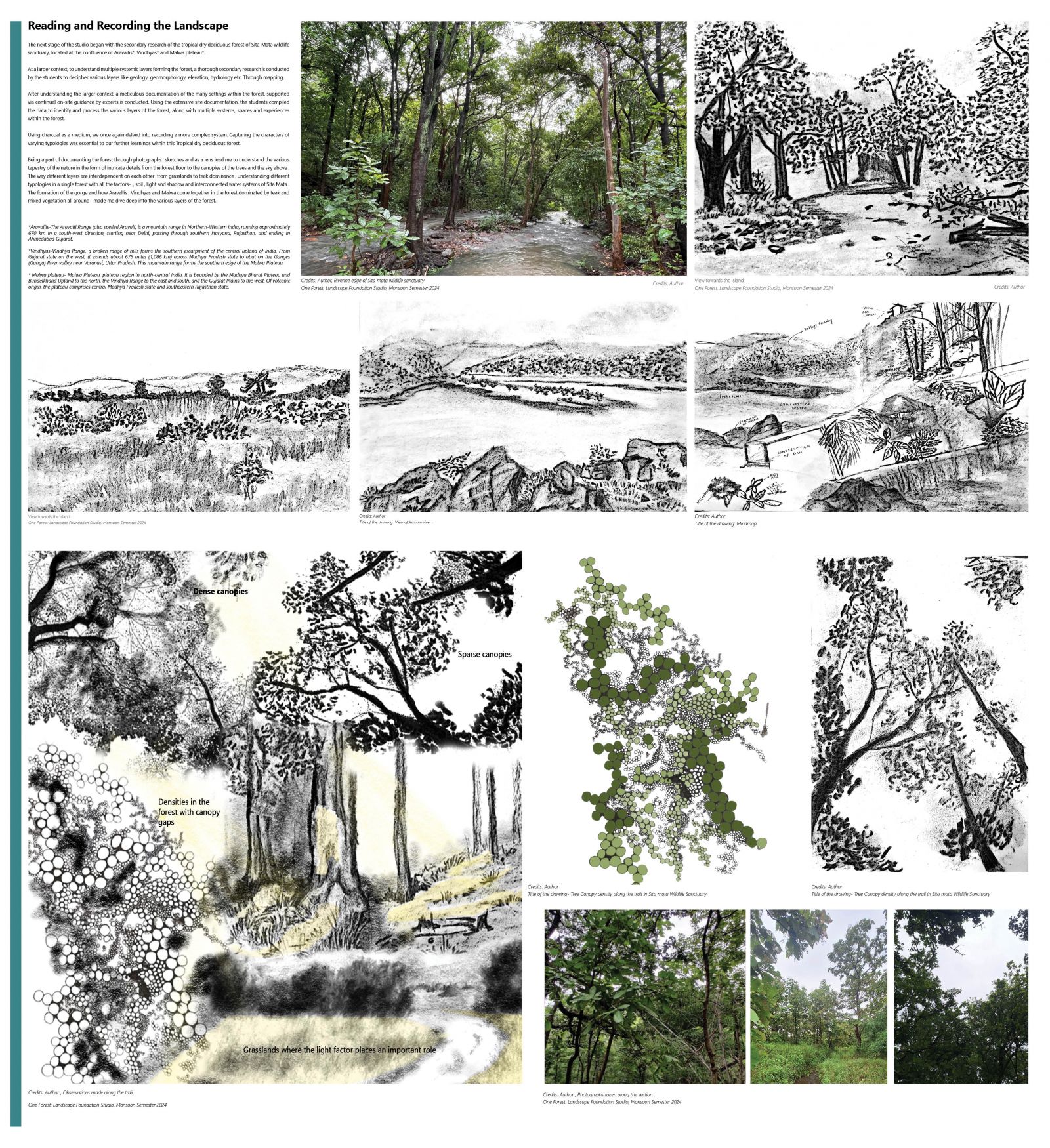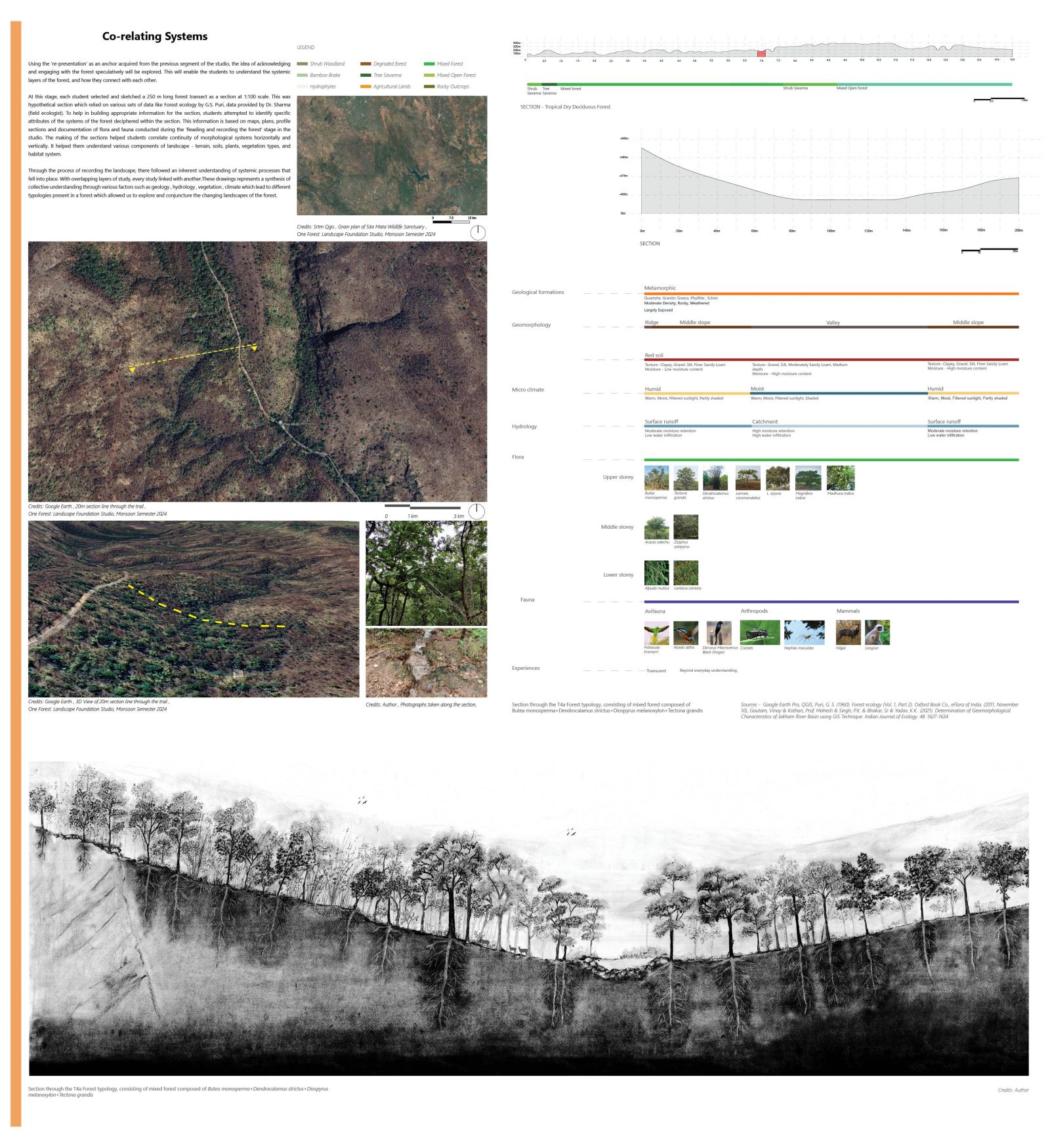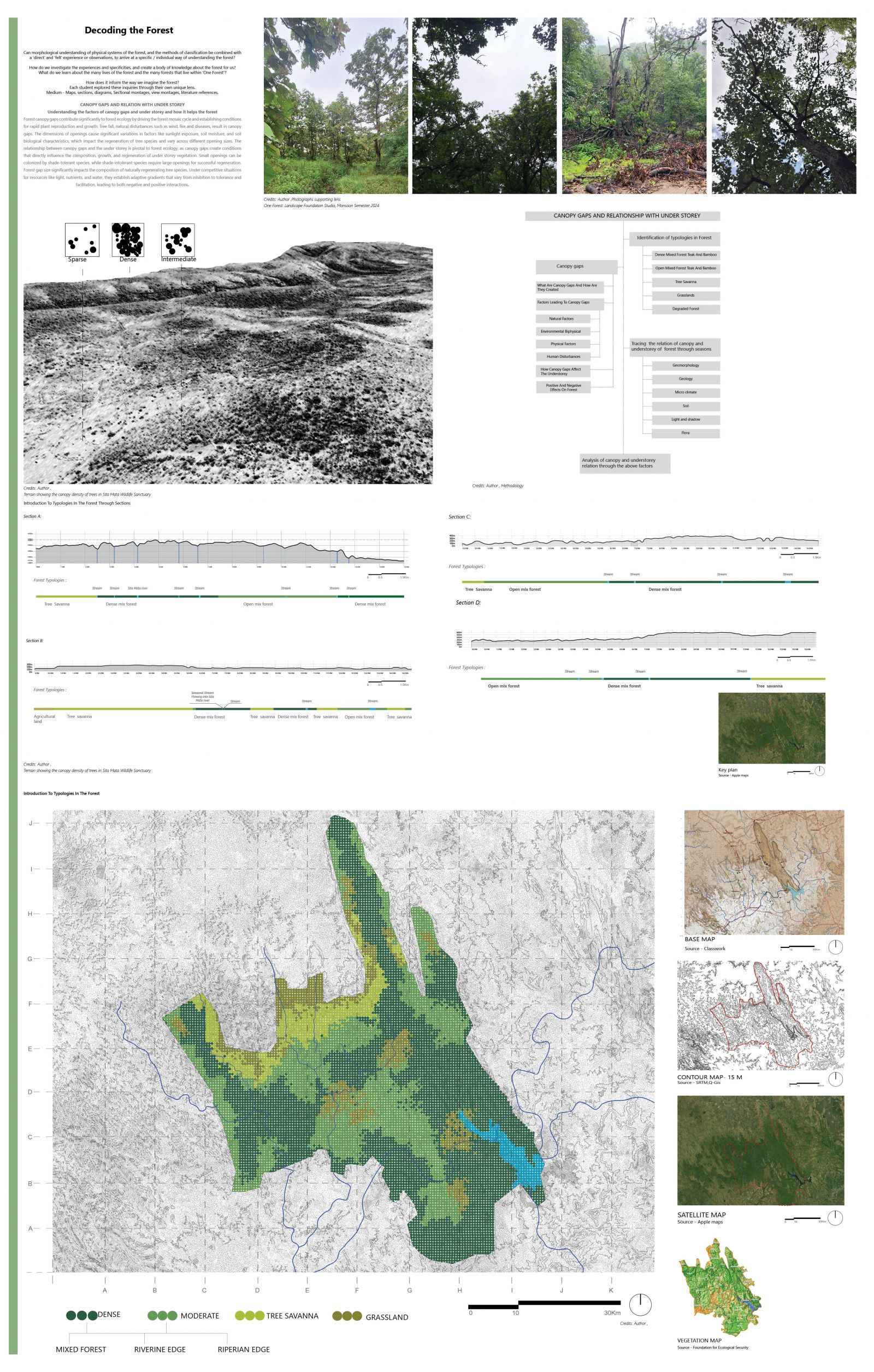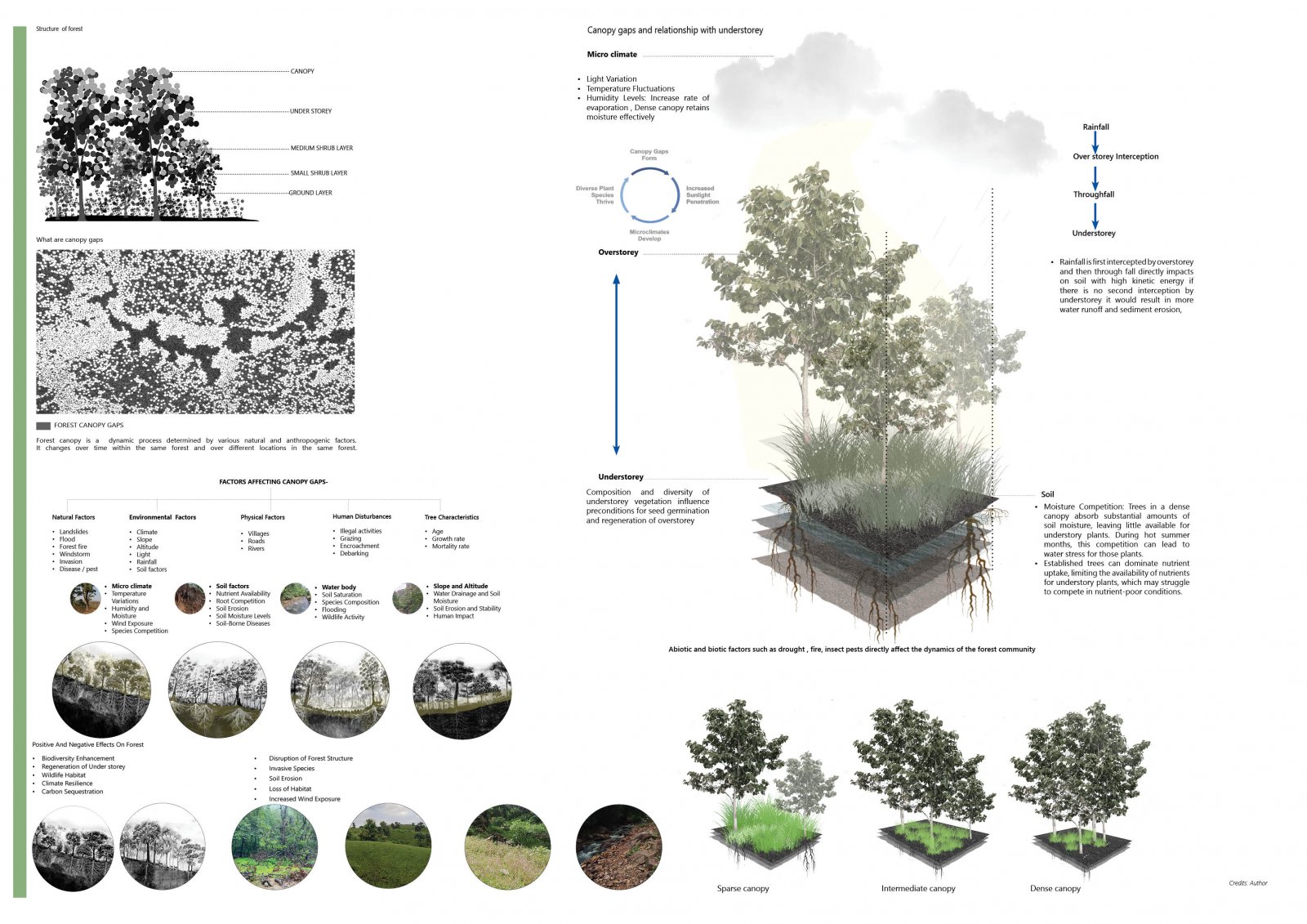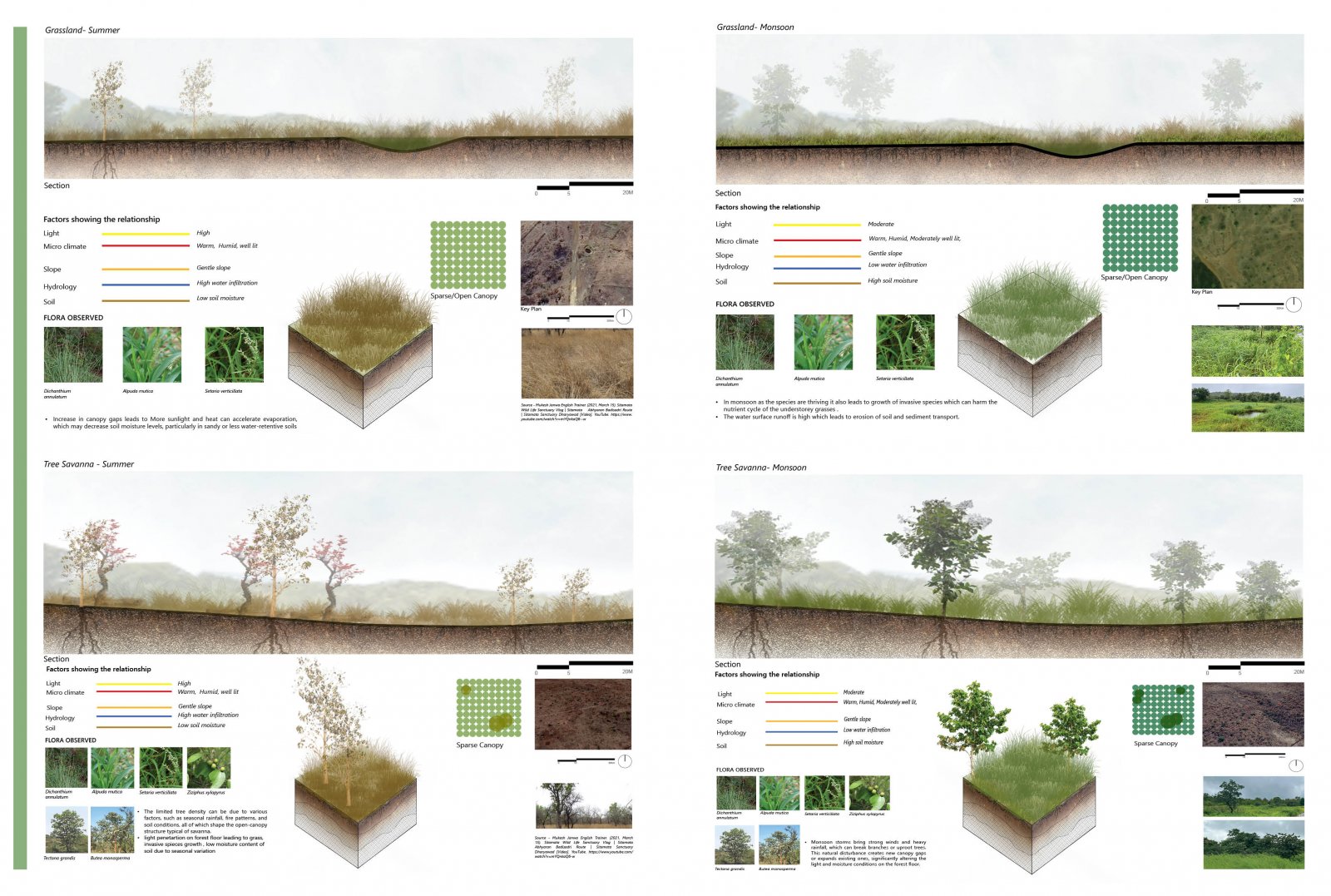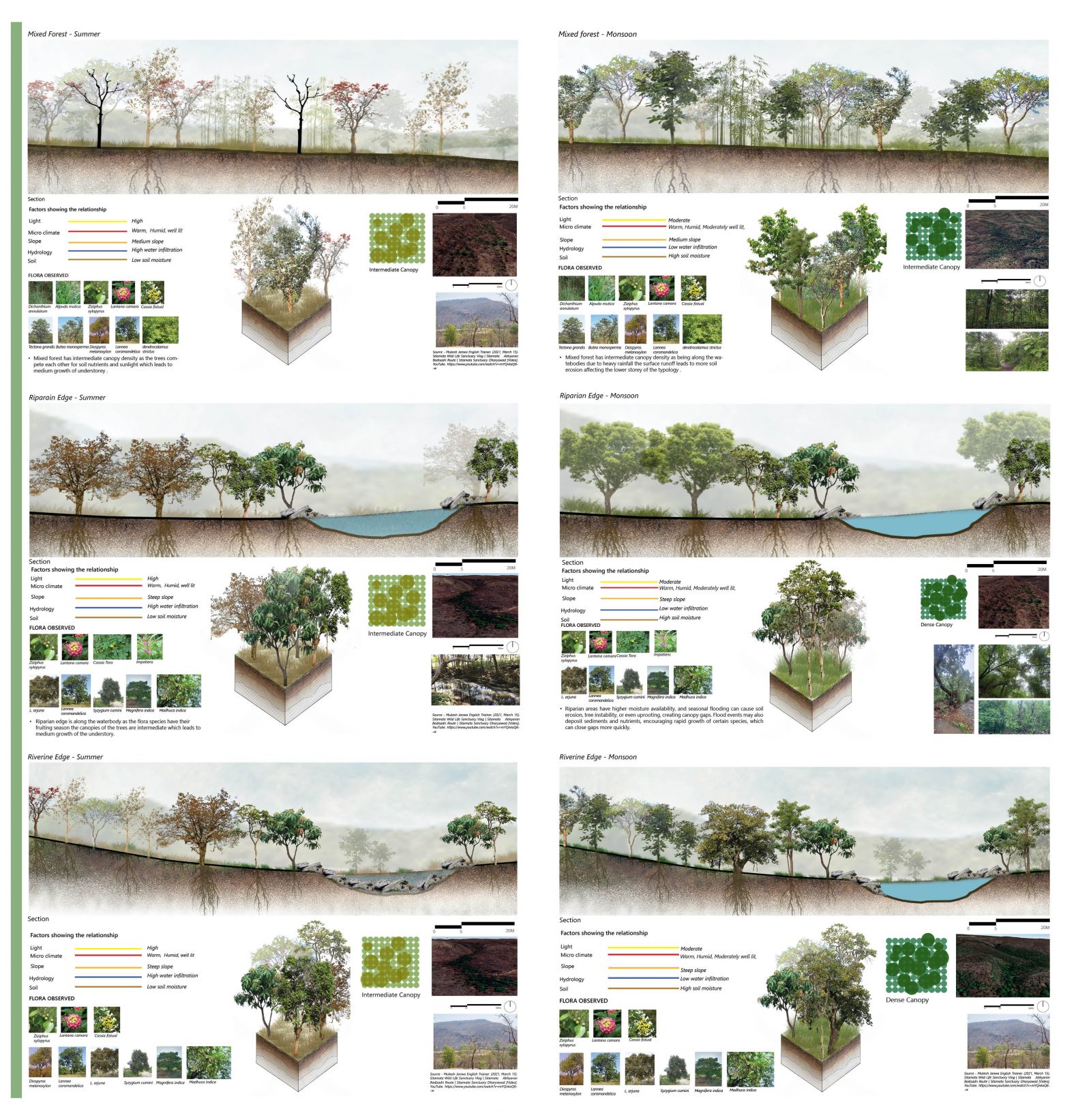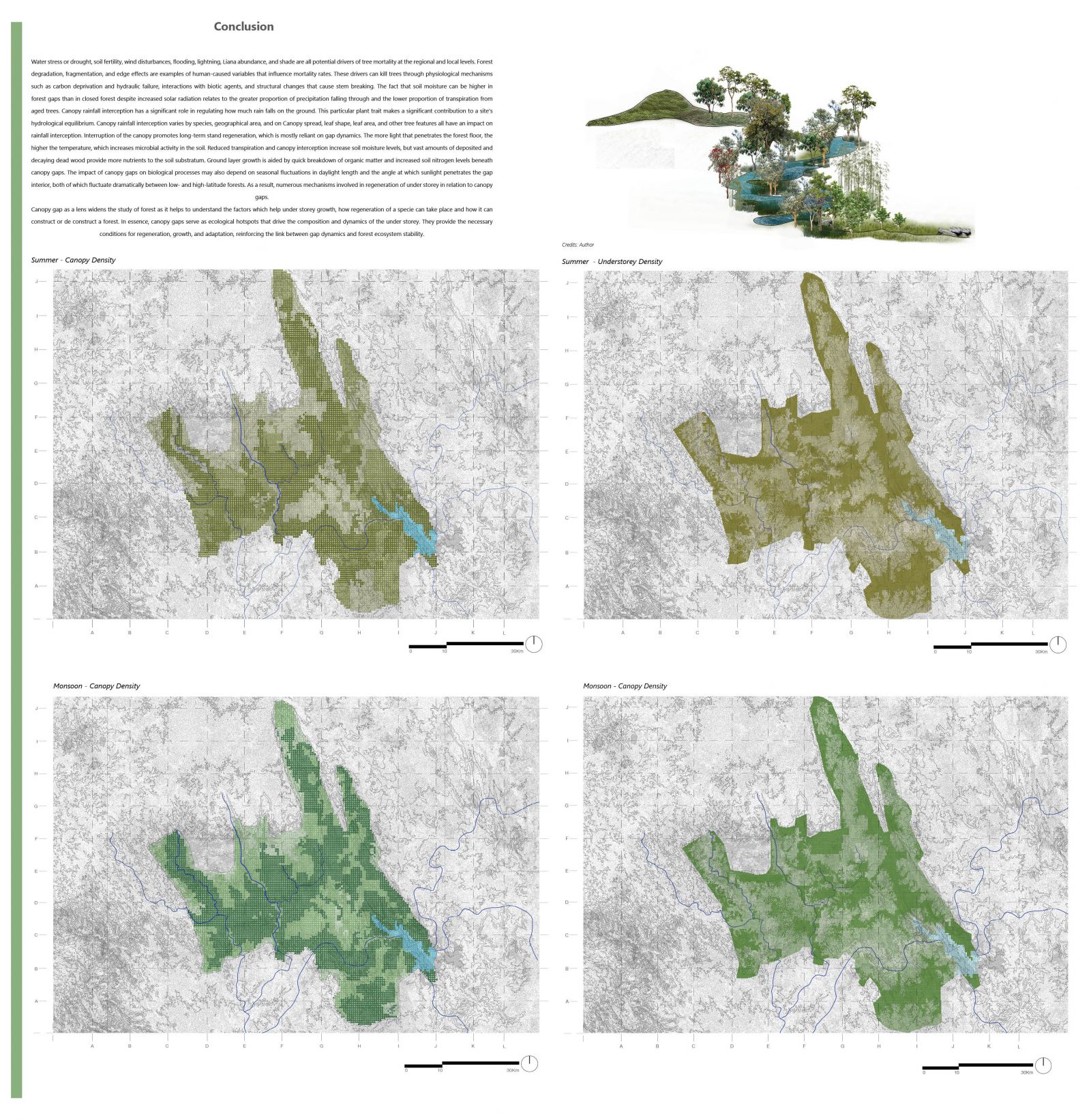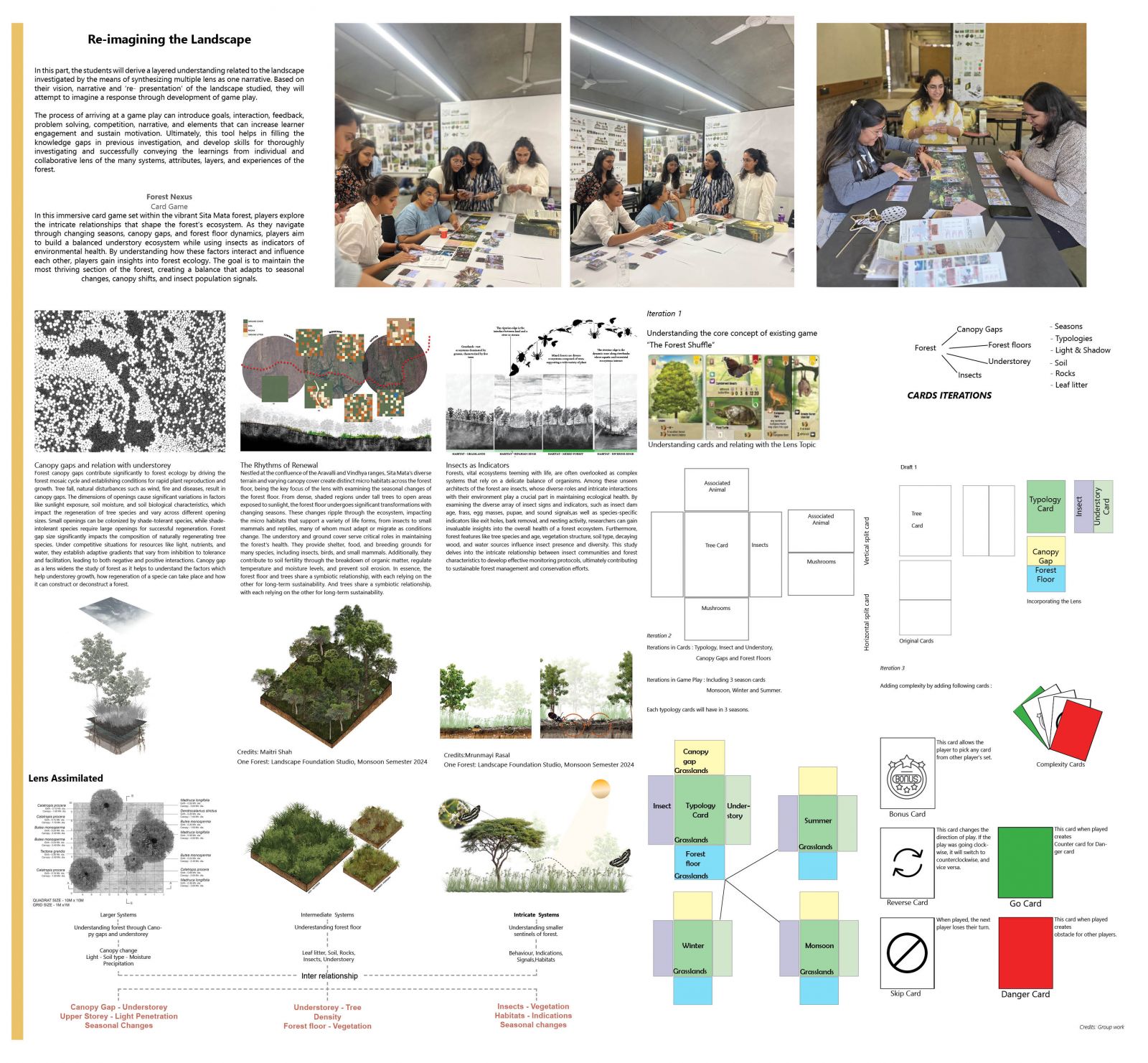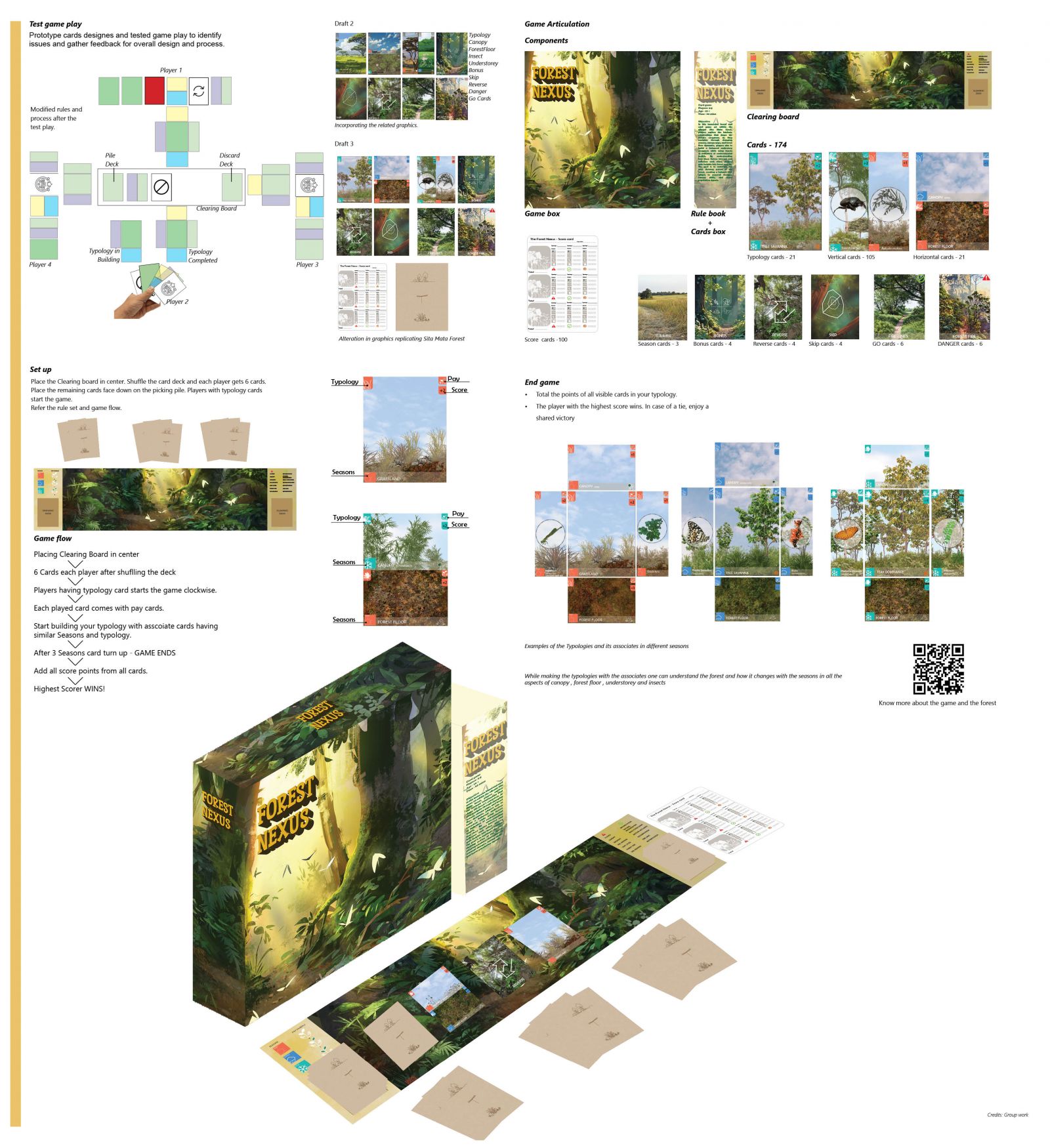Your browser is out-of-date!
For a richer surfing experience on our website, please update your browser. Update my browser now!
For a richer surfing experience on our website, please update your browser. Update my browser now!
Forest canopy gaps contribute significantly to forest ecology by driving the forest mosaic cycle and establishing conditions for rapid plant reproduction and growth. Treefall, natural disturbances such as wind, fire and diseases, result in canopy gaps. The dimensions of openings cause significant variations in factors like sunlight exposure, soil moisture, and soil biological characteristics, which impact the regeneration of tree species and vary across different opening sizes. Small openings can be colonized by shade-tolerant species, while shade-intolerant species require large openings for successful regeneration. Forest gap size significantly impacts the composition of naturally regenerating tree species. Under competitive situations for resources like light, nutrients, and water, they establish adaptive gradients that vary from inhibition to tolerance and facilitation, leading to both negative and positive interactions. Canopy gap as a lens widens the study of forest as it helps to understand the factors which help understorey growth, how regeneration of a specie can take place and how it can construct or deconstruct a forest.
View Additional Work